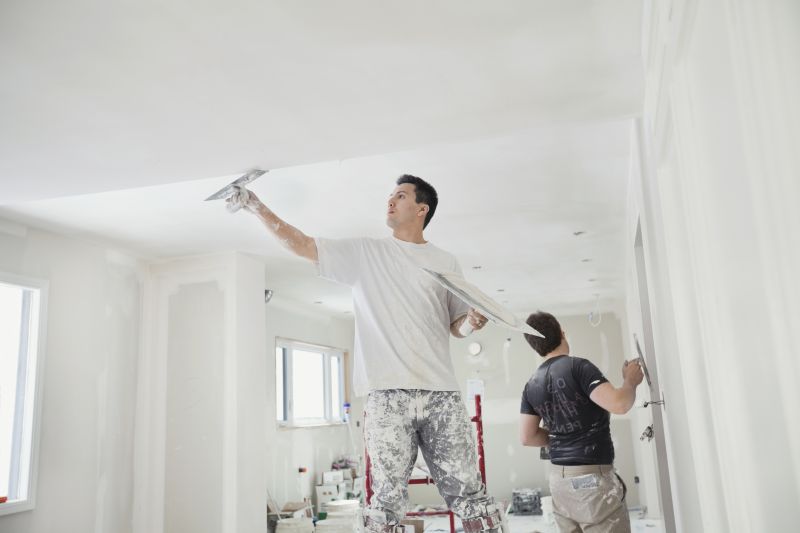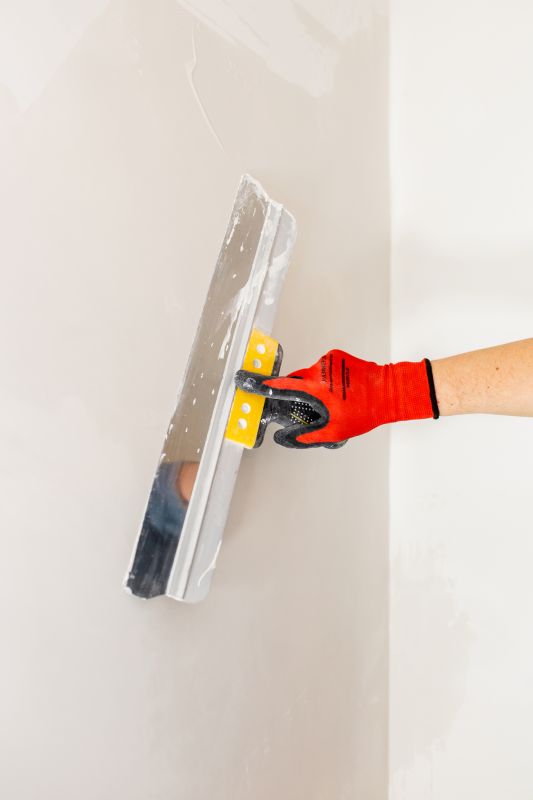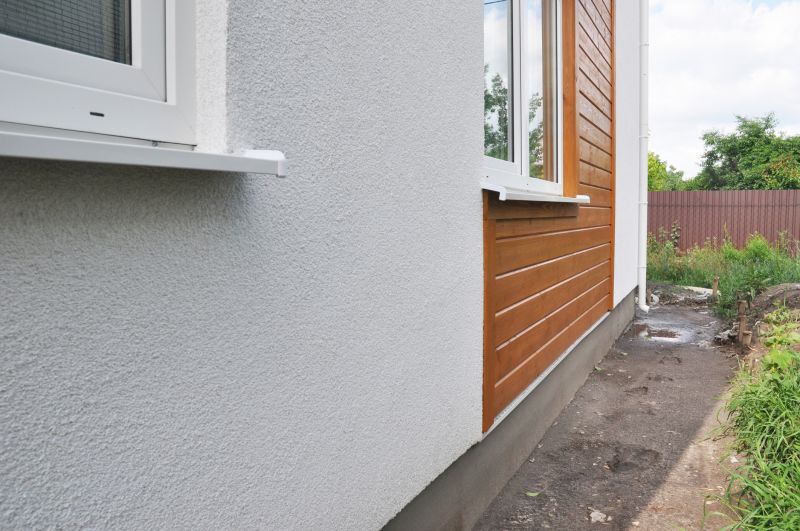Optimal Timing for Home Plaster Repairs
Home plaster repairs are most effectively performed during specific times of the year to ensure optimal results. The ideal season depends on climate conditions, humidity levels, and temperature stability. Proper timing can prevent issues such as cracking, poor adhesion, or long drying times, which are common when repairs are attempted under unsuitable weather conditions.
Spring offers moderate temperatures and lower humidity, making it suitable for plaster repairs. It allows sufficient drying time and reduces the risk of moisture-related problems.
Summer provides warm, dry conditions that facilitate quick drying. However, excessive heat and direct sunlight can cause cracking if repairs are not properly managed.
Autumn's cooler temperatures and lower humidity levels are ideal for plaster work. It also avoids the high moisture levels of spring and summer.
Winter is generally unsuitable due to low temperatures and high humidity, which can hinder drying and lead to poor adhesion or cracking.

Ways to make Home Plaster Repairs work in tight or awkward layouts.

Popular materials for Home Plaster Repairs and why they hold up over time.

Simple add-ons that improve Home Plaster Repairs without blowing the budget.

High-end options that actually feel worth it for Home Plaster Repairs.

Finishes and colors that play nicely with Home Plaster Repairs.

Little measurements that prevent headaches on Home Plaster Repairs day.
| Season | Ideal Conditions |
|---|---|
| Spring | Moderate temperatures, low humidity, good drying conditions |
| Summer | Warm and dry, but avoid extreme heat and direct sunlight |
| Autumn | Cooler temperatures, lower humidity, optimal for repairs |
| Winter | Low temperatures, high humidity, not recommended |
| Regional Variations | Climate influences optimal timing |
Home plaster repairs involve restoring damaged or deteriorated plaster surfaces to maintain structural integrity and aesthetic appeal. Proper timing ensures the repair materials cure correctly, reducing the likelihood of future issues. The process typically includes surface preparation, applying new plaster or patching compounds, and finishing with smoothing and painting. The success of these repairs depends heavily on environmental conditions, making timing a critical factor.

A 60-second routine that keeps Home Plaster Repairs looking new.

A frequent mistake in Home Plaster Repairs and how to dodge it.

Small tweaks to make Home Plaster Repairs safer and easier to use.

Lower-waste or water-saving choices for Home Plaster Repairs.
Interested in scheduling home plaster repairs? Filling out the contact form provides an opportunity to discuss specific needs and timing options suitable for local climate conditions. Proper planning can lead to more durable and visually appealing results, ensuring the longevity of the repaired surfaces.



